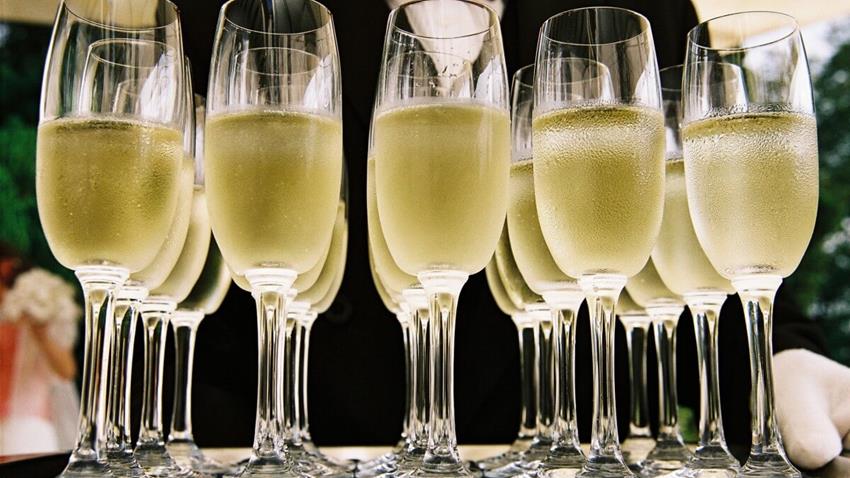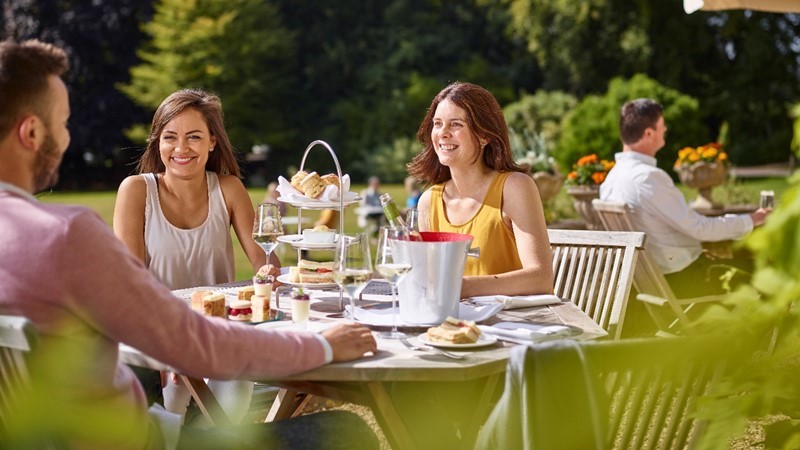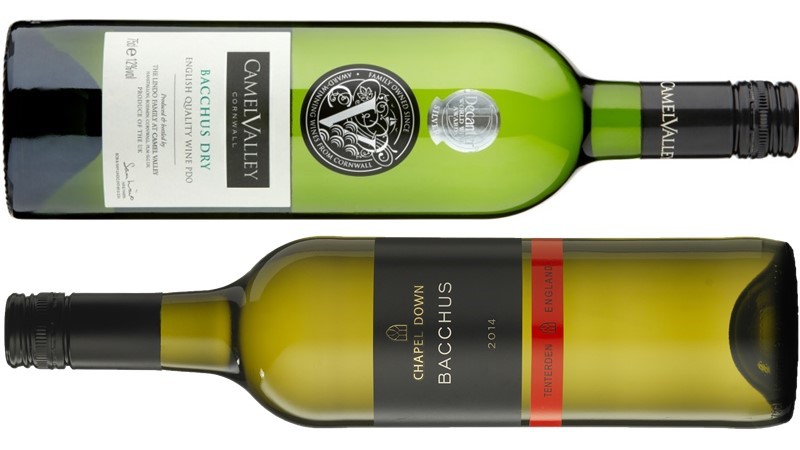
It’s all looking good for English wine at the moment. 2017 was a record year for the wineries on our shores; 3.86 million bottles of UK wine was put up for sale. With wines from England showing themselves as some of the finest at annual wine awards and with one of Champagne’s biggest houses Champagne Taittinger planting vines in Kent earlier last year, it seems the English wine rush is on.
English wine hasn’t always seemed destined for success. Many of you will be familiar with the term British wine and the connotations the term has for wines of low quality. British wine is of course made from imported grapes. Grapes grown here in the south of England’s chalky soils and favourable climate are a different story altogether.
Chardonnay, Pinot Noir and Bacchus, as well as Pinot Meunier and Ortega amongst others, have proven themselves in producing high-quality English wine. Many people point to Nyetimber Classic Cuvée (made from Chardonnay, Pinot Noir and Pinot Meunier) at the World Sparkling Wine Championship in Verona as a turning point for perceptions. When tasted blind alongside grand marque Champagne houses, the English sparkler was declared the winner.

That was back in 2010; today there are 1,800 hectares of vines across more than 450 vineyards, producing well over 3 million bottles a year. It’s fair to say that in the 8 years since, we’ve seen across the board, far more interest in boutique production on our shores of alcohol across all categories. English wine isn’t alone, just look at the explosion of UK craft gin and British Boutique Beers.
The fact that 70% of the UK’s total wine production is sparking, and its growing popularity overseas overshadows the strength of our still wines. Bacchus, a grape increasingly grown in England produces wines similar to good a Sauvignon Blanc. Some believe the native German grape has the potential to do what Sauvignon Blanc did for New Zealand producers.

Both of the English Bacchus’ in our range, Camel Valley Bacchus Dry (29092) and Chapel Down Bacchus White (27178) have found success at annual wine awards. Camel Valley Bacchus taking Silver at both the International Wine Challenge and the Sommelier Wine Awards 2017.
We’ve consistently had to grow the size of our English wine range year on year and sales in the past year at Matthew Clark have grown significantly. This year, for our annual autumn release we will be bringing on board Coates & Seely from Hampshire and Greyfriars from Surrey. These wineries will perfectly complement our current range from Chapel Down in Kent and Camel Valley from Cornwall.
Coates & Seely will this year be celebrating a decade since founders Christian Seely and Nicholas Coates came up with the idea that started it all. 10 years is a long time by English standards. Growing sales are encouraging more and more to producers to enter the market, 64 new licenses for wine production were issued in 2016. Even the Queen is giving it a go, serving English sparkling wines at state dinners from her Windsor Vineyard.

Taittinger described their investments in Kent as “just the beginning”, and that statement has already been proven correct as Pommery have followed Taittinger’s lead, working with Hattingley Valley to produce English sparkling in Hampshire. We will have a few years to wait to see how these endeavours advance, Taittinger are predicting the first vintage in 2023. The proof will be in the bottle for other Champagne houses looking at our south coast.
With the UK planting a record 1 million vines over 2017, all the signs point to the English wine market continuing to go from strength to strength. There are issues however that could yet get in the way. Starting a winery is expensive, very expensive. It requires advanced machinery and a talented workforce. Most growers may struggle to find capital, plus wine production is a risky business and unlikely to pass the many tests of high-street lenders.
Without sufficient funding, the volume will be restricted and this, in turn, will keep prices relatively high. English wine is already by some margin more expensive than Prosecco and Cava, but it’s against Champagne where the real battle in the On-Trade lies.
That being said, the decline of Sterling offers a great opportunity for English producers to tap into a growing export market. Strong exports and growing demand in the UK should give investors the confidence they need. For consumers, they perhaps just need more opportunities to try these wonderful wines. Once tasted, it becomes clear why there is so much excitement and growth. Premium English wines can hold their own against the best the world has to offer, cast off the connotations of British wine and stand alone as this decade’s success story.

